In 2016, Walt Disney Pictures released the film The Finest Hours, about the 1952 Coast Guard rescue of sailors trapped on a broken and sinking ship. The rescue took place in the middle of a winter storm, at night. The Coast Guard officer that undertook the rescue, Bernie Webber, had to rely on his own sense of the sea, because equipment failed in the face of the storm.
The story is chock full of wonderful motif possibilities in terms of landscape and weather. Most people tend to focus on the characters when it comes to mythic patterns in storytelling. They don’t realize how much the mythic patterns that are connected to the physical world can help underpin a story. The Finest Hours gives us plenty to play with.
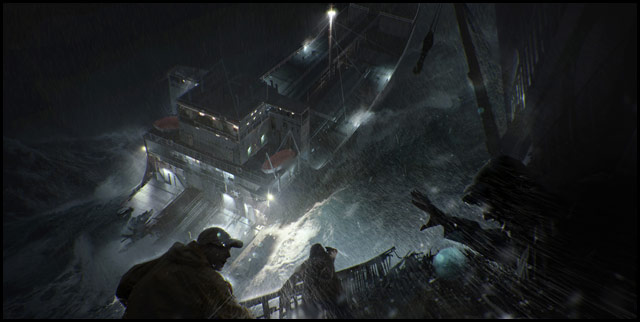
The Chaos of the Sea
For starters, the sea is traditionally a realm of chaos. Its power is outside the control of human beings, and so it is regarded with fear. It’s a dangerous environment – as the crew of the SS Pendleton discover. In the midst of a winter storm (another chaotic pattern), the ship is broken in half. 32 members of the crew are stuck in the stern of the ship, which they manage to keep afloat for a while. But they have to call for rescue.
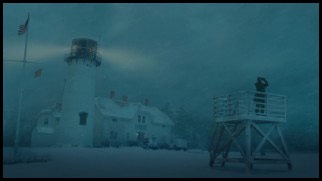 An additional environmental motif that builds on the story tension is that of winter. The season of winter represents a time of danger and fear, even the possibility of death and endings. It is the darkest time of the year, so we regard the season as one of loss. The expectation of the imagery gives the audience a heightened tension, especially when combined with the storm that shuts down shipping.
An additional environmental motif that builds on the story tension is that of winter. The season of winter represents a time of danger and fear, even the possibility of death and endings. It is the darkest time of the year, so we regard the season as one of loss. The expectation of the imagery gives the audience a heightened tension, especially when combined with the storm that shuts down shipping.
Land as the Realm of Order and Stability
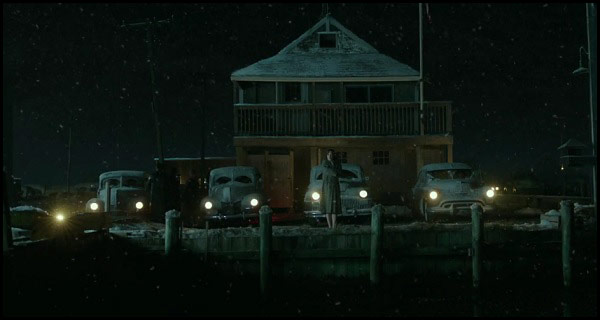
In contrast to the chaos of the sea, land usually represents order and stability. Yet, in this story, that aspect of the land is undercut, again by the storm. The noreaster takes out the power of the town, forcing the inhabitants to find a make-shift means of lighting the way for the return of the rescue vessel. This is achieved by organizing the local vehicles to turn on their headlights along the waterfront, a solution that proves successful.
The Man at Home with the Sea
The key element in the story is the character of Bernie, however. He is presented as a man who is more comfortable and secure when he is out on the water than when he is on land. On land, he finds himself a bit uncertain when he falls in love with Miriam. Even though everyone around him can see him falling in love and they take it in stride, he still has his uncertainties.
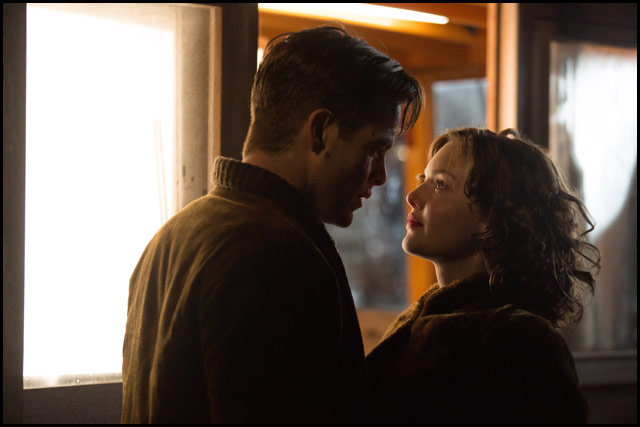 But when Bernie is out on the water, he is filled with certainty. We see early in the film that he knows the waters of the area very well indeed. When it comes time for the rescue, everyone around him is sure that this rescue is impossible: the storm of itself makes things difficult, having to go out at night makes things difficult, the need to cross a difficult region of breakers just outside the harbor is a challenge no one else wants to face, and the radar has been disrupted by the storm so finding the remains of the Pendleton will be extremely difficult.
But when Bernie is out on the water, he is filled with certainty. We see early in the film that he knows the waters of the area very well indeed. When it comes time for the rescue, everyone around him is sure that this rescue is impossible: the storm of itself makes things difficult, having to go out at night makes things difficult, the need to cross a difficult region of breakers just outside the harbor is a challenge no one else wants to face, and the radar has been disrupted by the storm so finding the remains of the Pendleton will be extremely difficult.
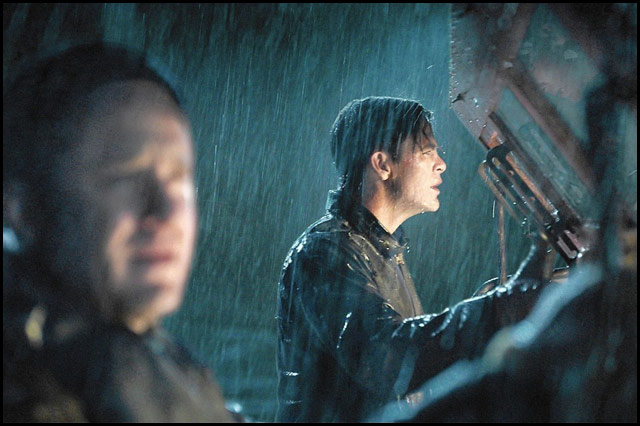 But Bernie is certain he can do it. He guides the rescue vessel out of the harbor and across the breakers more on his own instincts that any reliance on equipment (the tools of land). He persists in trusting his instincts and emotions on the turbulence of the sea, and so does indeed find his way to the stern of the Pendleton. Returning to the harbor with an overloaded vessel continues the challenges, and yet Bernie’s belief in himself brings them through the breakers again and safely to the docks.
But Bernie is certain he can do it. He guides the rescue vessel out of the harbor and across the breakers more on his own instincts that any reliance on equipment (the tools of land). He persists in trusting his instincts and emotions on the turbulence of the sea, and so does indeed find his way to the stern of the Pendleton. Returning to the harbor with an overloaded vessel continues the challenges, and yet Bernie’s belief in himself brings them through the breakers again and safely to the docks.
The mythic patterns in this film show how a storyteller can take advantage of them. The chaos of the sea, combined with that of a storm, provides a powerful antagonist for the characters. And yet, when the key character is attuned to that chaos, rather than the order of land, he can still achieve a victory, in this case bringing people back to the safety of the land that is not his own element (but it is theirs).
